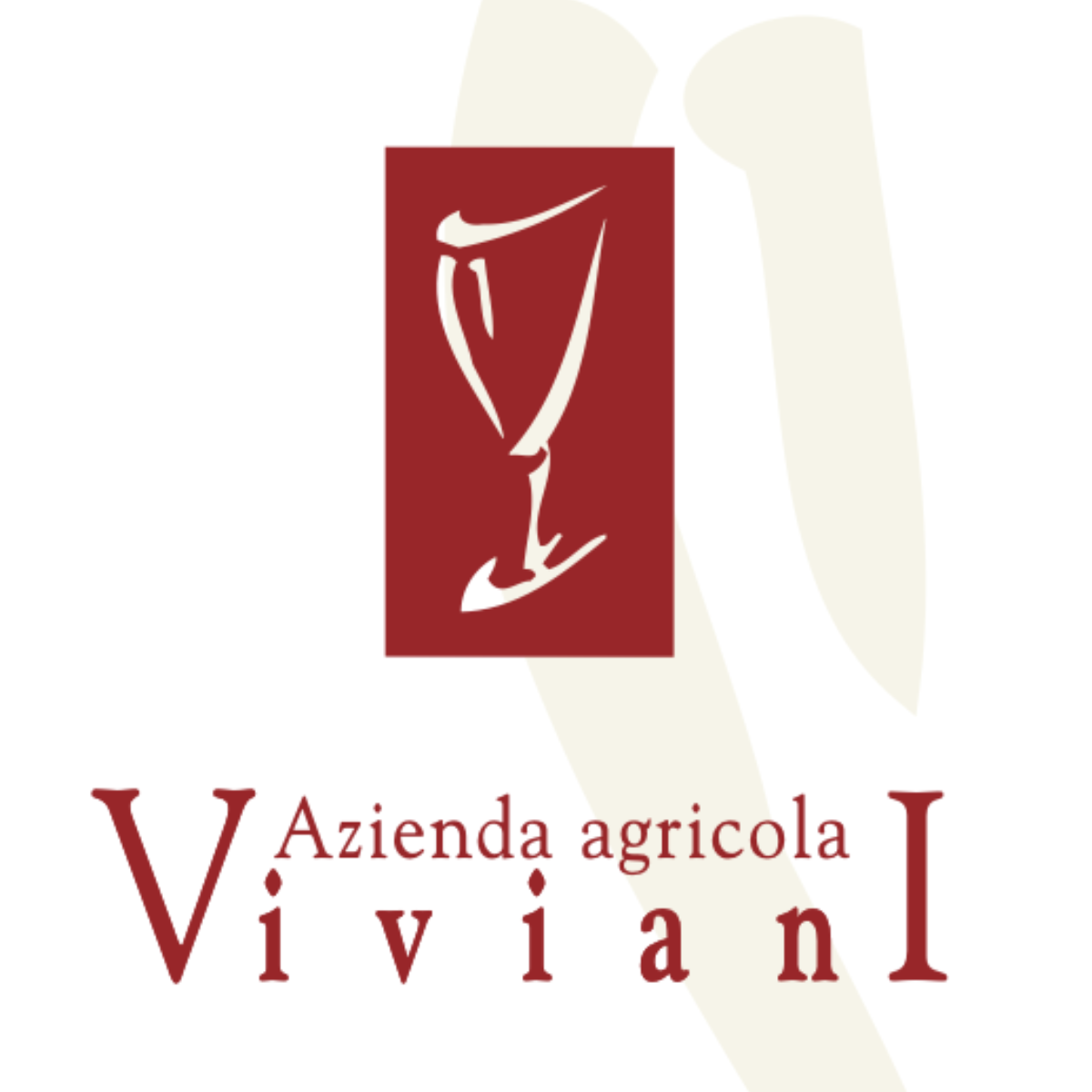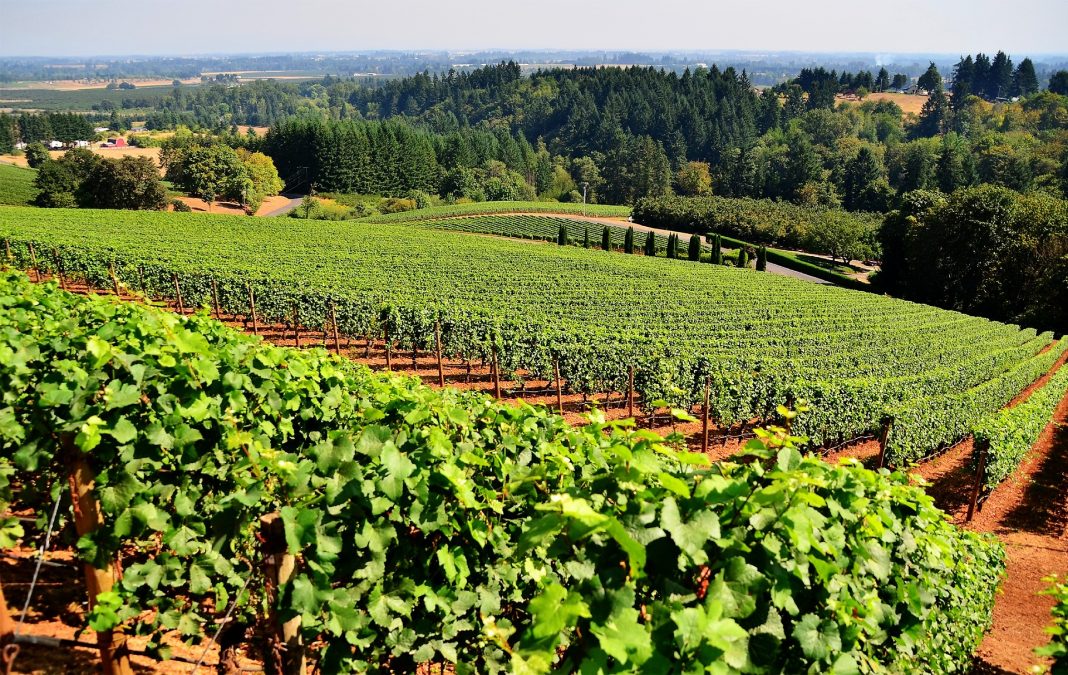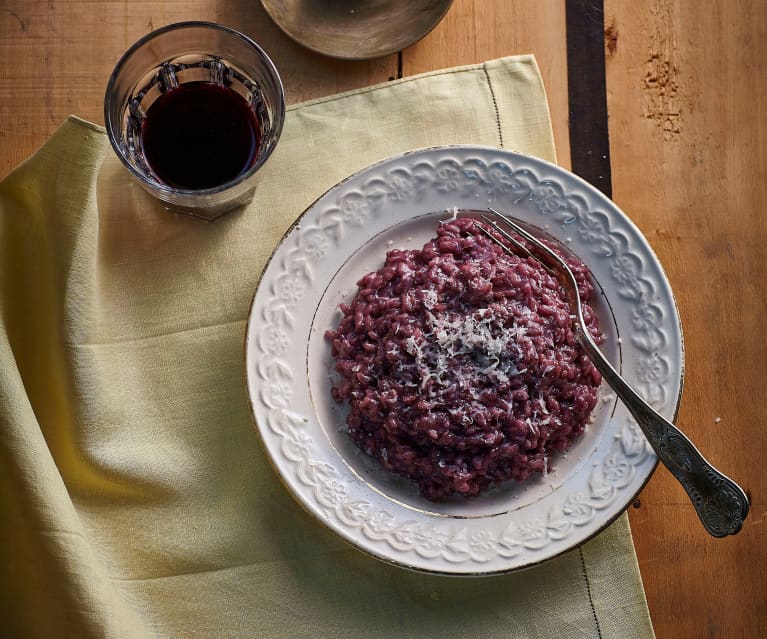In the diverse and rich tapestry of Italian wines, the Valpolicella region, especially known for its legendary Amarone, stands out as a beacon of excellence. Nestled in the Veneto region of northern Italy, Valpolicella and its wines provide a fascinating insight into the interplay of history, geography, geology, and culinary traditions.
In the diverse and rich tapestry of Italian wines, the Valpolicella region, especially known for its legendary Amarone, stands out as a beacon of excellence. Nestled in the Veneto region of northern Italy, Valpolicella and its wines provide a fascinating insight into the interplay of history, geography, geology, and culinary traditions.
History: Valpolicella’s viticultural history dates back to ancient times, with references to wine-making even during the Roman era. However, the unique style of Amarone began its journey in the 20th century. Amarone della Valpolicella, often simply referred to as Amarone, means “the Great Bitter,” distinguishing it from the sweeter Recioto produced in the region. Over the decades, Amarone has evolved from a local treasure to an international sensation, celebrated for its depth, complexity, and aging potential.
Geography: Located just west of Verona, Valpolicella benefits from a diverse geography. The region stretches from the Monti Lessini foothills down to the flat plains of the Adige River. The varied altitudes and exposures of the vineyards contribute to the assortment of wines the region produces, from the lighter Valpolicella Classico to the full-bodied Amarone.
Geology: The geology of Valpolicella is as intricate as its wines. A mosaic of soils, including limestone, clay, and basalt, characterizes the region. This variety is the result of millennia of geological processes, from volcanic activities to glacial movements. The porous nature of these soils, especially in the hillier regions, ensures excellent drainage, a crucial factor in the grape drying process (appassimento) employed in Amarone production.
Wine: Langhe’s global reputation in the wine arena is unparalleled. The region is home to Italy’s most iconic wines, Barolo and Barbaresco, often referred to as the “King” and “Queen” of Italian wines respectively. Made from the Nebbiolo grape, these wines are cherished for their depth, longevity, and complexity. However, the region’s viticultural prowess isn’t limited to reds. Wines made from Dolcetto and Barbera grapes offer a more approachable, fruit-forward profile. Additionally, the white Arneis and Moscato d’Asti showcase the region’s diversity and adaptability in winemaking.
Amarone: The jewel in Valpolicella’s crown, Amarone, is produced using the appassimento method. Grapes are dried for several months before fermentation, concentrating their sugars and flavors. This results in a wine that’s both powerful and elegant, with flavors ranging from dark fruits to chocolate, and often with a distinct almond finish.
Culinary Delights: The robust nature of Amarone makes it an ideal companion for hearty dishes. Traditional pairings include braised meats, game, and aged cheeses. Risotto all’Amarone, a dish where the wine is used to flavor the rice, is a local favorite, showcasing the deep bond between the region’s culinary and viticultural traditions.
WINERIES




